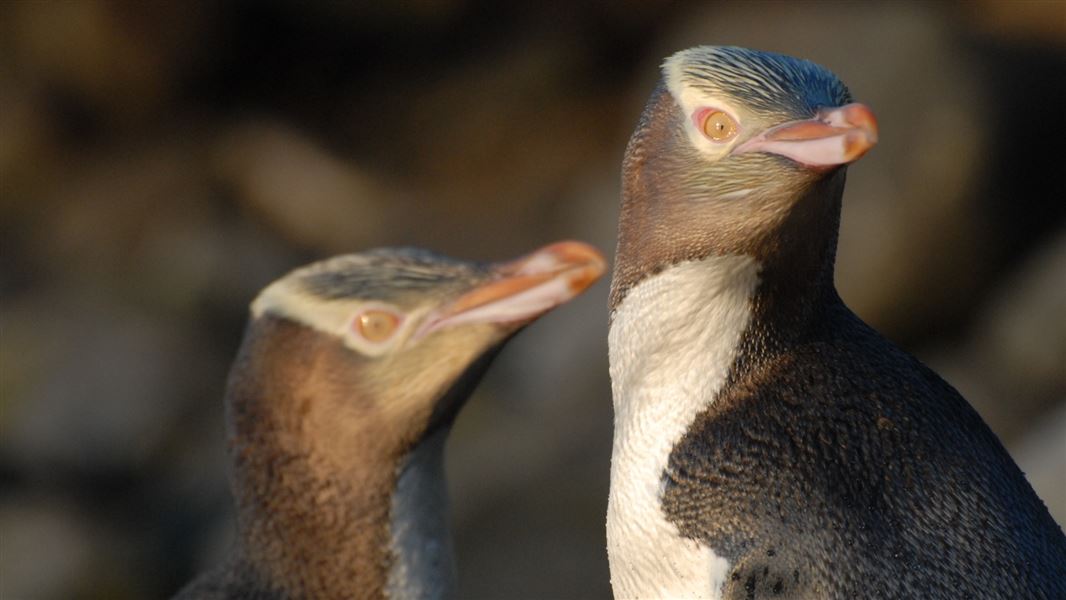
Introduction
You had your say on the new strategy to support the ecological and cultural health of hoiho/yellow-eyed penguins. Submissions closed 5 pm 20 September 2019.To support the health and wellbeing of hoiho, we proposed an integrated strategy and action plan. Recommendations from numerous reports and the hard work of many have helped form their foundation.
We asked for your feedback from August to September 2019. The Hoiho Governance Group and Technical Group reviewed all responses which informed the final version of the strategy and action plan.
Read the final strategy and action plan:
Read a summary of the submissions received from this consultation, and the recomendations that informed the final documents:
What did the draft propose?
The philosophy of 'ki uta ki ta' which means ‘from the mountains to the sea’, guides the approach. This holistic Kāi Tahu philosophy recognises and manages the interconnectedness of the whole environment.
Te Kaweka Takohaka mō te Hoiho provides direction and guidance for the four partners and others involved in hoiho conservation. It sets out the strategic priorities to address the gap between where we are (current state) and where we would like to be (future state).
The actions to achieve the strategic priorities are outlined in Te Mahere Rima Tau.
The strategy and action plan are divided into five overarching themes:
Te oraka me te aroturukitaka / Health and monitoring
Hoiho are becoming increasingly stressed. They need rehabilitation treatment to reduce deaths. The strategy will aim to support increased breeding success and survival until the population is self-sustaining.
Kā mea mōrearea o te moana / Marine threats
When hoiho head out to sea to fish they face a range of natural and human threats. We must ensure hoiho are able to go to sea to feed on abundant kai (food) and return home safely.
Te whakaekeka o te takata / Human disturbance
Hoiho are a private bird, but their daily activities are often disturbed by humans. There is pressure from humans at hoiho sites, and close encounters can reduce breeding success. We want hoiho to be able to use their coastal habitats and live without disturbance.
Te nohoka kit e whenua / Terrestrial habitat
As hoiho become increasingly threatened, the need to optimise their habitats increases. Unguarded hoiho eggs and recently hatched chicks are vulnerable to introduced predators. We want to make sure hoiho can breed safely, and provide the shelter and privacy they need to thrive.
Ka mahi tahi / Working together
Hoiho conservation involves a diverse range of people. This comes with challenges for communication, consistency and coordination. This work must be fully resourced and supported to deliver positive outcomes for hoiho.
This text uses the Kāi Tahu dialect.